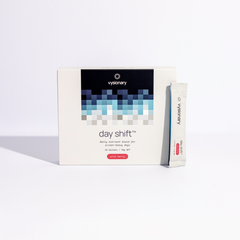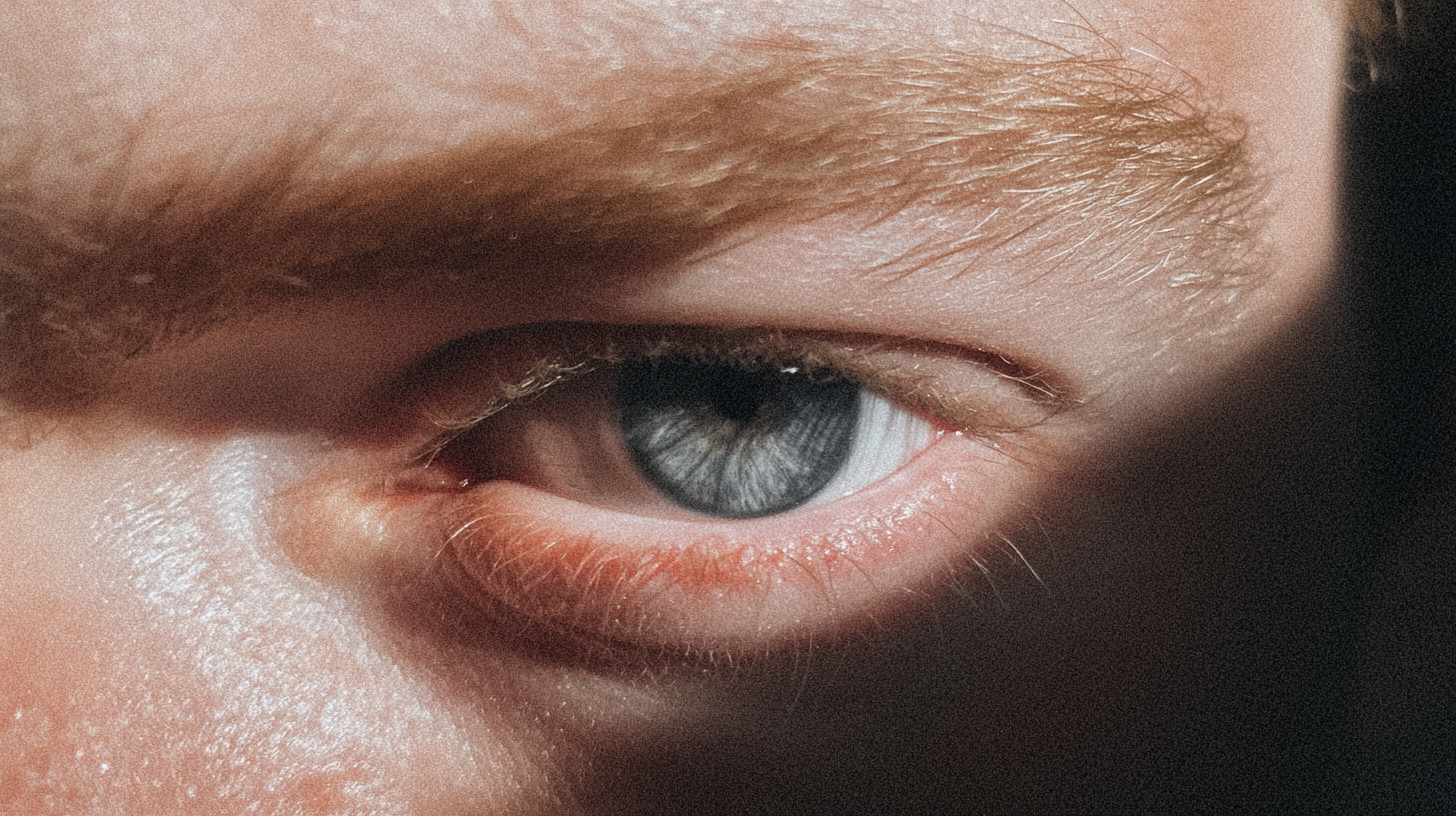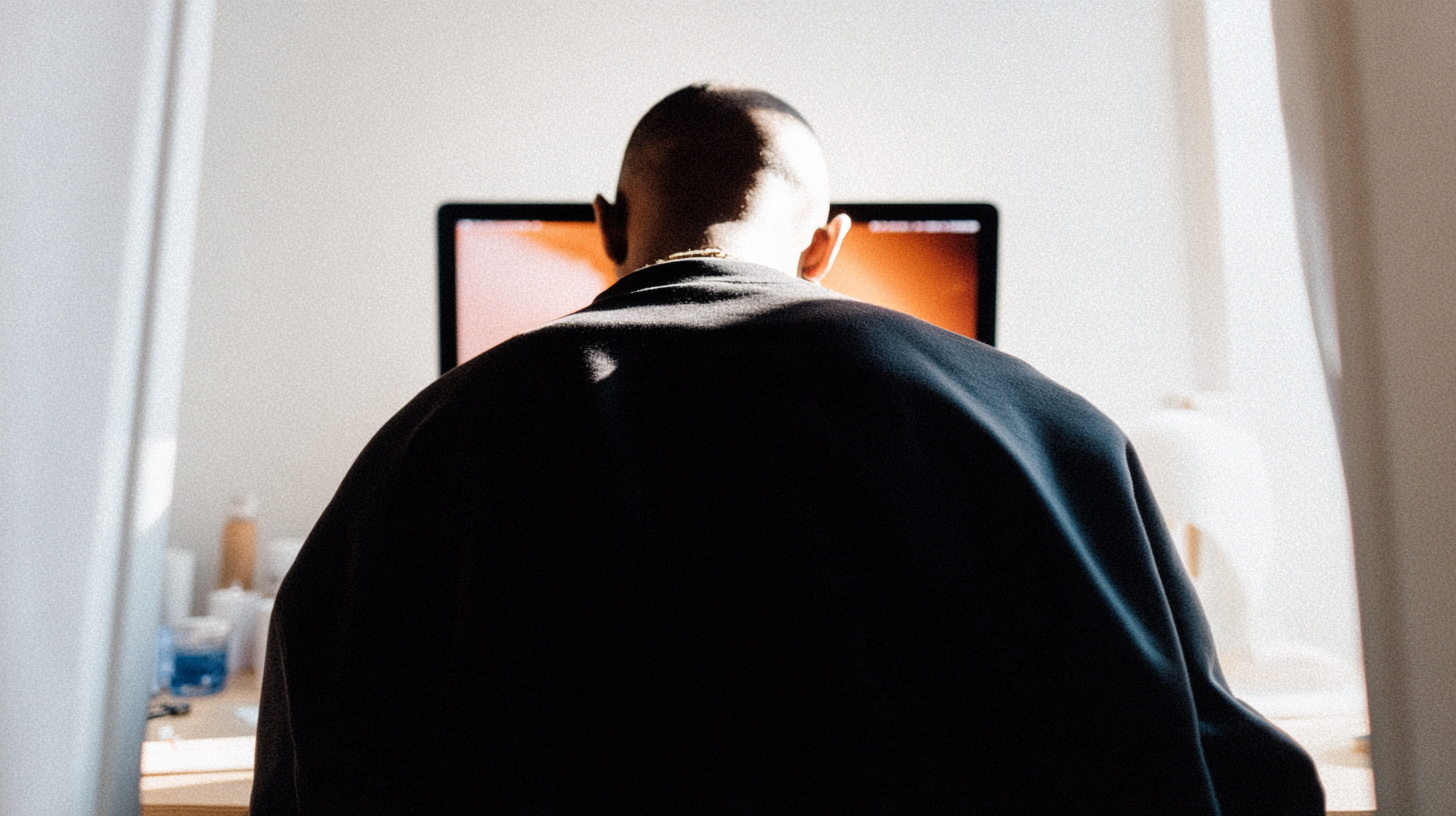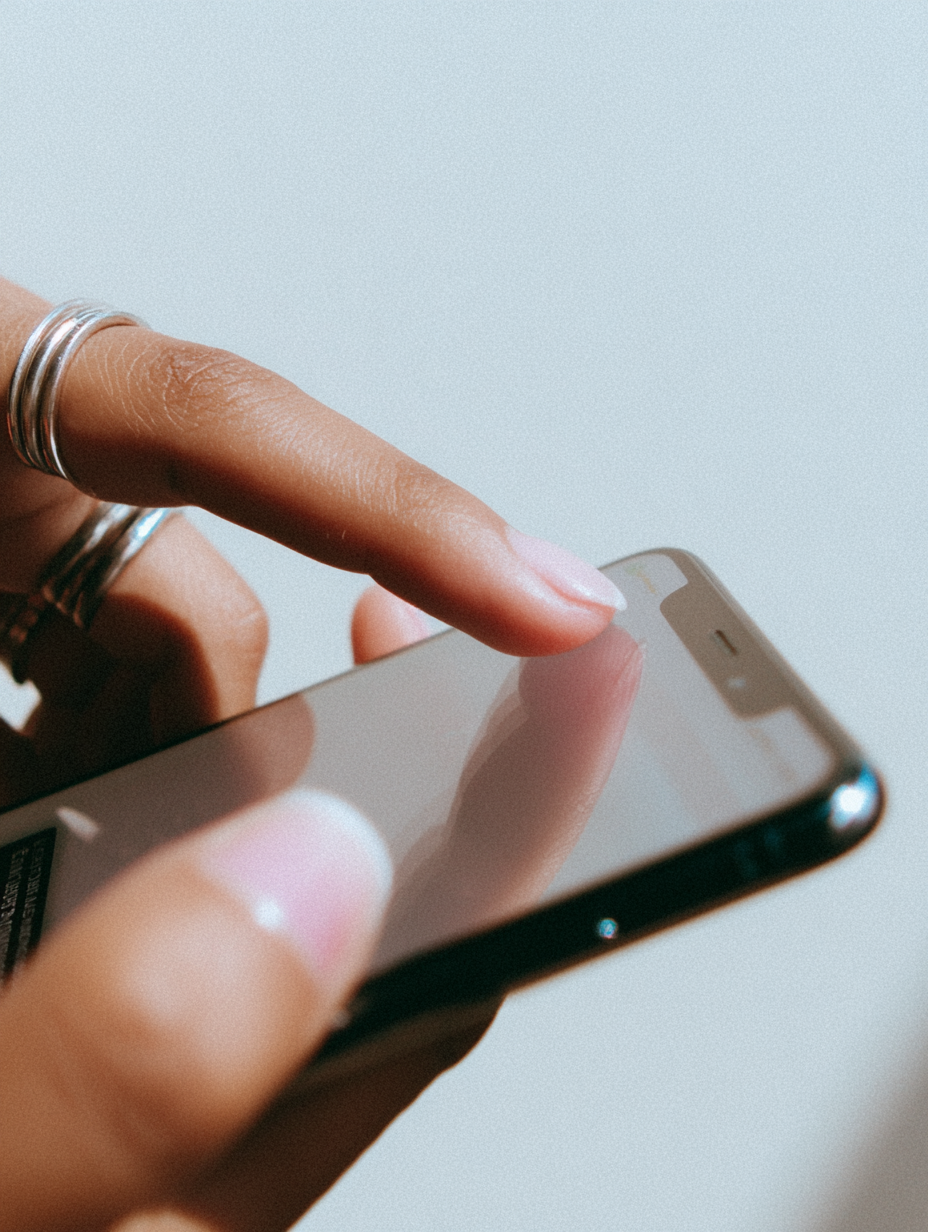How Screen Time Impacts the Body and Brain
June 28 2025
What is Screen Time?
Screen time refers to the duration spent using electronic devices with screens, such as smartphones, computers, tablets, and televisions, etc.
For young adults, screen time includes social media use, work, gaming, entertainment (streaming) and more.
As mentioned, studies indicate that young adults aged 18–34 are spending between roughly 7-10 hours per day behind a screen.
These figures exceed recommended limits of 2 hours daily for recreational screen use, contributing to various health impacts (Australian Institute of Family Studies, 2025).
Digital Eye Strain
Extended screen can cause digital eye strain, characterised by symptoms like blurred vision, dry eyes, and headaches.
A study found that 90% of regular screen users experience eye fatigue due to blue light exposure and reduced blinking, which strains the ciliary muscles (Sheppard & Wolffsohn, 2018).
Blue light, emitted by screens, increases oxidative stress in the retina, potentially worsening visual discomfort (Tosini et al., 2016).
Musculoskeletal Issues
Screen time often involves prolonged sitting and poor posture, leading to neck, shoulder, and back pain.
Research indicates that 60% of young adults using screens for over 4 hours daily report musculoskeletal discomfort, linked to forward head posture and repetitive strain (Hakala et al., 2006).
This can contribute to chronic conditions like cervical strain if unaddressed.
Sleep Disruption
Screen exposure, especially before bedtime, disrupts sleep by suppressing melatonin production, a hormone that regulates our sleep-wake cycle.
A study showed that 2 hours of evening screen use reduces melatonin levels by 22%, leading to difficulty falling asleep and reduced sleep quality (Chang et al., 2015).
Young adults in Australia & the US, averaging 3–4 hours of evening screen time, are particularly affected (Redsearch).
Cognitive Overload and Reduced Attention
Frequent screen use, particularly multitasking across devices, often leads to cognitive overload and reduced attention spans.
A study found that young adults switching between tasks on screens experience a 20% decrease in task accuracy due to divided attention (Ophir et al., 2009).
Constant stimulation from notifications and social media may also reduce sustained focus, with implications for productivity and learning.
Anxiety and Depression
Excessive screen time is associated with increased anxiety and depression, particularly among young adults.
Research indicates that those spending over 6 hours daily on screens have a 35% higher risk of depressive symptoms, driven by social comparison, cyberbullying, and fear of missing out (FOMO) (Twenge et al., 2018).
Social media use, averaging 2–3 hours daily for young adults, exacerbates these effects (Redsearch).
Dopamine Dysregulation
Screen activities like gaming and social media trigger dopamine release, creating reward-seeking behavior.
A study suggests that excessive screen use may desensitise dopamine receptors, leading to reduced motivation and potential addiction-like patterns in 15% of young adult users (Volkow et al., 2011).
This is particularly relevant for gaming, which accounts for 1–2 hours of daily screen time among young adults (Australian Bureau of Statistics, 2019).
Conclusion
Overall, we know 7-10 hours of daily average screen time for young adults significantly impacts the body and brain, contributing to digital eye strain, musculoskeletal issues, sleep disruption, cognitive overload, anxiety, and dopamine dysregulation (Australian Institute of Family Studies, Redsearch).
By adopting strategies like limiting recreational screen time, using blue light filters, supplementation, getting outside and incorporating physical activity, individuals can mitigate these impacts, supporting long-term health and well-being in an era dominated by screens.
References
- Australian Bureau of Statistics. (2019). Kids clock up 10 or more hours of screen time per week. Australian Bureau of Statistics. https://www.abs.gov.au/articles/kids-clock-10-or-more-hours-screen-time-week
- Australian Institute of Family Studies. (2025). Australian children spending more time on screens. Australian Institute of Family Studies. https://aifs.gov.au/media/australian-children-spending-more-time-screens
- Chang, A. M., Aeschbach, D., Duffy, J. F., & Czeisler, C. A. (2015). Evening use of light-emitting eReaders negatively affects sleep, circadian timing, and next-morning alertness. Proceedings of the National Academy of Sciences, 112(4), 1232–1237.
- Children’s screen time costing parents more than $100 a year in energy. Retrieved from https://www.comparethemarket.com.au/energy/features/cost-of-screen-time/
- Hakala, P. T., Rimpelä, A. H., Saarni, L. A., & Salminen, J. J. (2006). Frequent computer-related activities increase the risk of neck–shoulder and low back pain in adolescents. European Journal of Public Health, 16(5), 536–541.
- Ophir, E., Nass, C., & Wagner, A. D. (2009). Cognitive control in media multitaskers. Proceedings of the National Academy of Sciences, 106(37), 15583–15587.
- Redsearch. (2025). Phone Screen Time Statistics Australia & Global. Redsearch. https://www.redsearch.com.au/resources/phone-screen-time-statistics-australia-global/
- Sheppard, A. L., & Wolffsohn, J. S. (2018). Digital eye strain: Prevalence, measurement and amelioration. BMJ Open Ophthalmology, 3(1), e000146.
- Tosini, G., Ferguson, I., & Tsubota, K. (2016). Effects of blue light on the circadian system and eye physiology. Molecular Vision, 22, 61–72ევ
- XNSPY. (2025). 79+ Screen Time Statistics for Kids & Teens – 2025 Updated. https://xnspy.com/blog/screen-time-statistics.html












